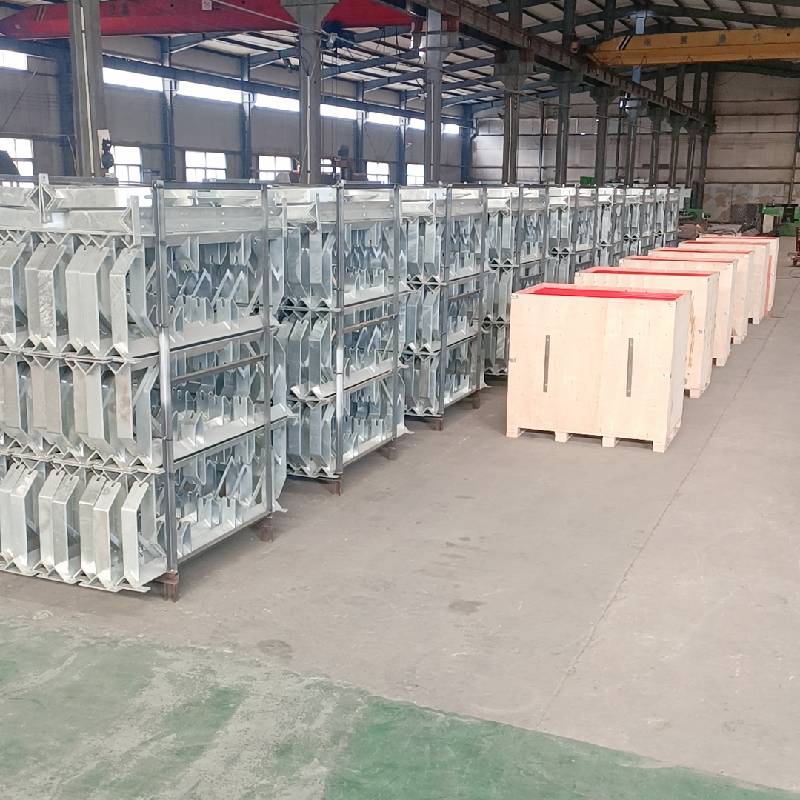 Afrikaans
Afrikaans  Albanian
Albanian  Amharic
Amharic  Arabic
Arabic  Armenian
Armenian  Azerbaijani
Azerbaijani  Basque
Basque  Belarusian
Belarusian  Bengali
Bengali  Bosnian
Bosnian  Bulgarian
Bulgarian  Catalan
Catalan  Cebuano
Cebuano  Corsican
Corsican  Croatian
Croatian  Czech
Czech  Danish
Danish  Dutch
Dutch  English
English  Esperanto
Esperanto  Estonian
Estonian  Finnish
Finnish  French
French  Frisian
Frisian  Galician
Galician  Georgian
Georgian  German
German  Greek
Greek  Gujarati
Gujarati  Haitian Creole
Haitian Creole  hausa
hausa  hawaiian
hawaiian  Hebrew
Hebrew  Hindi
Hindi  Miao
Miao  Hungarian
Hungarian  Icelandic
Icelandic  igbo
igbo  Indonesian
Indonesian  irish
irish  Italian
Italian  Japanese
Japanese  Javanese
Javanese  Kannada
Kannada  kazakh
kazakh  Khmer
Khmer  Rwandese
Rwandese  Korean
Korean  Kurdish
Kurdish  Kyrgyz
Kyrgyz  Lao
Lao  Latin
Latin  Latvian
Latvian  Lithuanian
Lithuanian  Luxembourgish
Luxembourgish  Macedonian
Macedonian  Malgashi
Malgashi  Malay
Malay  Malayalam
Malayalam  Maltese
Maltese  Maori
Maori  Marathi
Marathi  Mongolian
Mongolian  Myanmar
Myanmar  Nepali
Nepali  Norwegian
Norwegian  Norwegian
Norwegian  Occitan
Occitan  Pashto
Pashto  Persian
Persian  Polish
Polish  Portuguese
Portuguese  Punjabi
Punjabi  Romanian
Romanian  Russian
Russian  Samoan
Samoan  Scottish Gaelic
Scottish Gaelic  Serbian
Serbian  Sesotho
Sesotho  Shona
Shona  Sindhi
Sindhi  Sinhala
Sinhala  Slovak
Slovak  Slovenian
Slovenian  Somali
Somali  Spanish
Spanish  Sundanese
Sundanese  Swahili
Swahili  Swedish
Swedish  Tagalog
Tagalog  Tajik
Tajik  Tamil
Tamil  Tatar
Tatar  Telugu
Telugu  Thai
Thai  Turkish
Turkish  Turkmen
Turkmen  Ukrainian
Ukrainian  Urdu
Urdu  Uighur
Uighur  Uzbek
Uzbek  Vietnamese
Vietnamese  Welsh
Welsh  Bantu
Bantu  Yiddish
Yiddish  Yoruba
Yoruba  Zulu
Zulu types of pulleys in belt conveyor
Types of Pulleys in Belt Conveyors
Belt conveyors are integral components in various industries, designed to transport materials efficiently over distances. At the core of this system are pulleys, which play crucial roles in the operation and effectiveness of the conveyor belt. Understanding the different types of pulleys used in belt conveyors is essential for optimizing performance and ensuring longevity.
1. Drive Pulley
The drive pulley is the primary component responsible for moving the conveyor belt. Positioned at the head of the conveyor system, it is connected to a motor that imparts motion to the belt. The design of drive pulleys can vary, but they are typically constructed to provide maximum traction and support. Different surface textures, including lagged and rubberized finishes, can enhance grip and reduce slippage. Proper maintenance of the drive pulley is necessary to maintain efficient operation and to leverage its full potential.
To maintain appropriate tension in a conveyor belt, tension pulleys are employed. These pulleys help in managing the slack in the belt, ensuring that it remains taut during operation. Tension is critical in preventing excessive wear and tear, as well as minimizing the risk of belt misalignment. Adjusting the tension pulley correctly can lead to significant improvements in both the efficiency and lifespan of the conveyor system.
3. Return Pulley
types of pulleys in belt conveyor

Return pulleys are situated at the tail end of the conveyor, supporting the belt as it returns to the drive pulley. These pulleys play a vital role in guiding the belt along its path and ensuring that it aligns properly on the frame. Like drive pulleys, return pulleys can vary in design; some are equipped with rubber coatings to decrease friction and wear.
4. Snub Pulley
The snub pulley is primarily used to increase the wrap angle of the belt around the drive pulley. By improving the contact surface area, snub pulleys enhance the friction, thereby improving the grip between the drive pulley and the belt. This design helps in preventing slippage and increasing the efficiency of the material handling process.
5. Idler Pulley
Idler pulleys support the belt between the drive and return pulleys, ensuring that the conveyor belt remains stable as it carries materials. These pulleys absorb tension and provide a smooth surface for the belt to glide over. They come in various designs, such as troughing, flat, or impact, depending on the specific requirements of the conveyor system.
In conclusion, each type of pulley in a belt conveyor has unique functions that contribute to the overall performance and efficiency of the conveyor system. Understanding their roles helps in selecting the right components for a specific application, ensuring optimal material handling and prolonged equipment life. Proper maintenance and selection of pulleys are essential to achieve the best results from a belt conveyor system.
-
Revolutionizing Conveyor Reliability with Advanced Rubber Lagging PulleysNewsJul.22,2025
-
Powering Precision and Durability with Expert Manufacturers of Conveyor ComponentsNewsJul.22,2025
-
Optimizing Conveyor Systems with Advanced Conveyor AccessoriesNewsJul.22,2025
-
Maximize Conveyor Efficiency with Quality Conveyor Idler PulleysNewsJul.22,2025
-
Future-Proof Your Conveyor System with High-Performance Polyurethane RollerNewsJul.22,2025
-
Driving Efficiency Forward with Quality Idlers and RollersNewsJul.22,2025





























